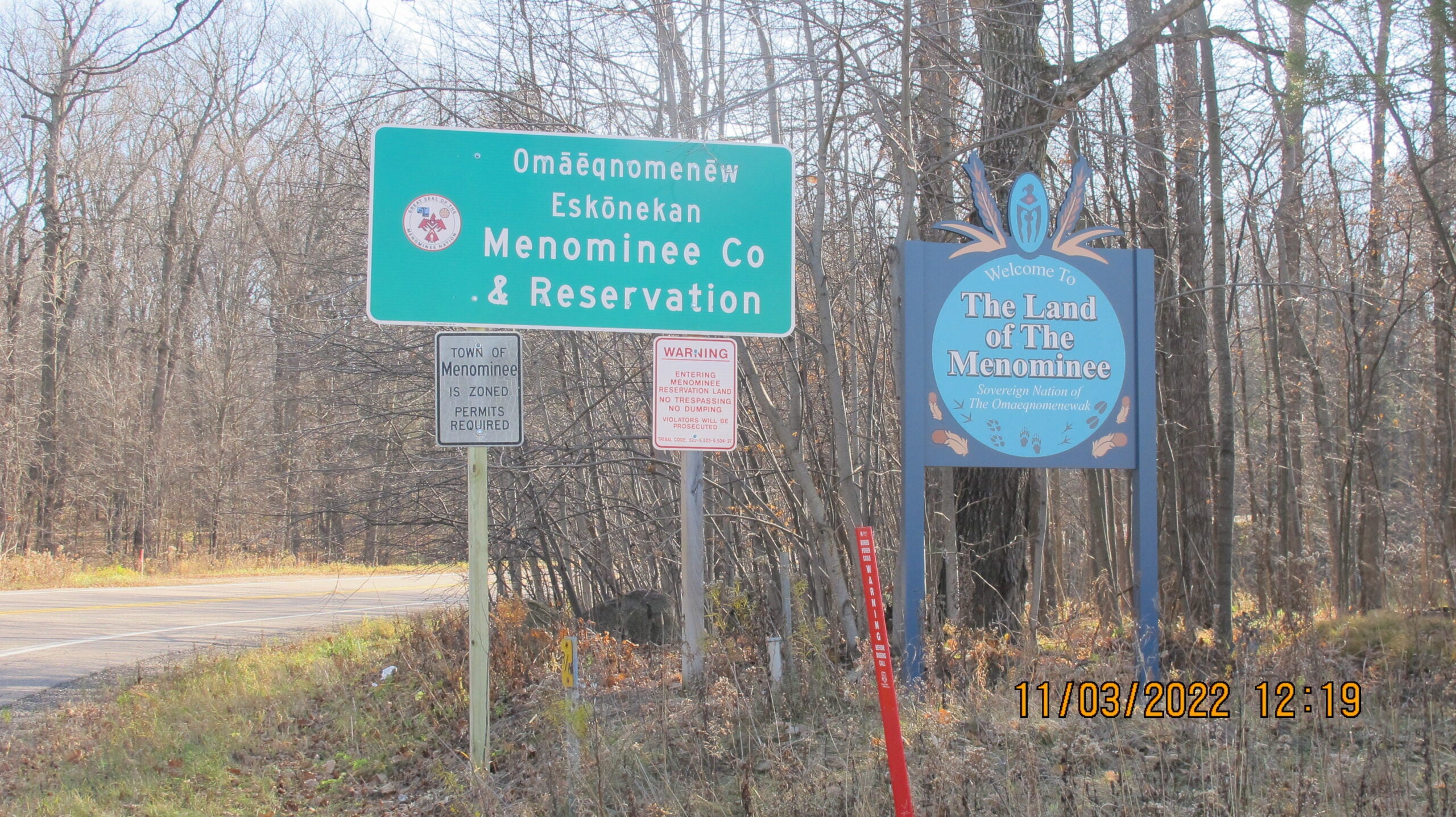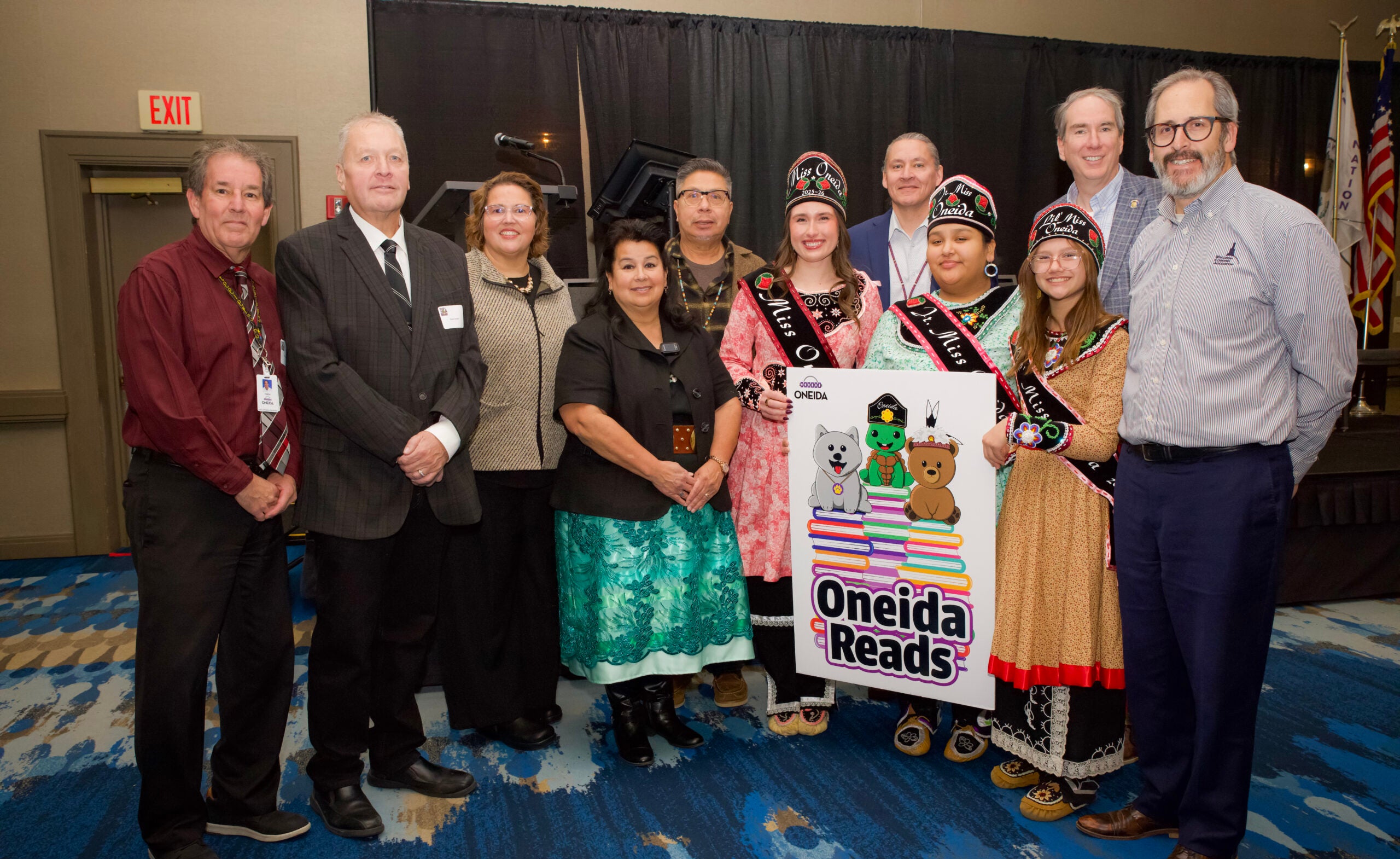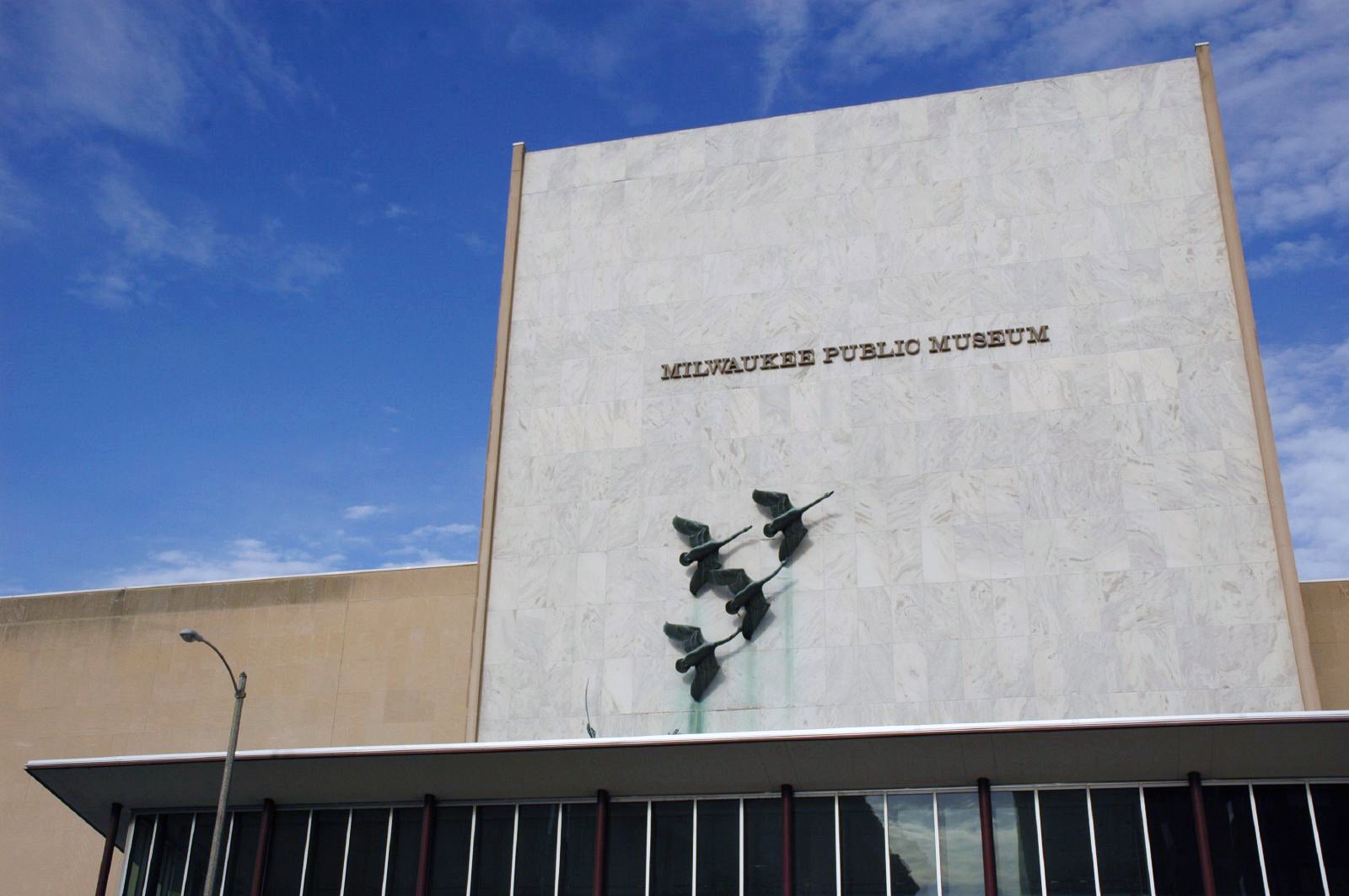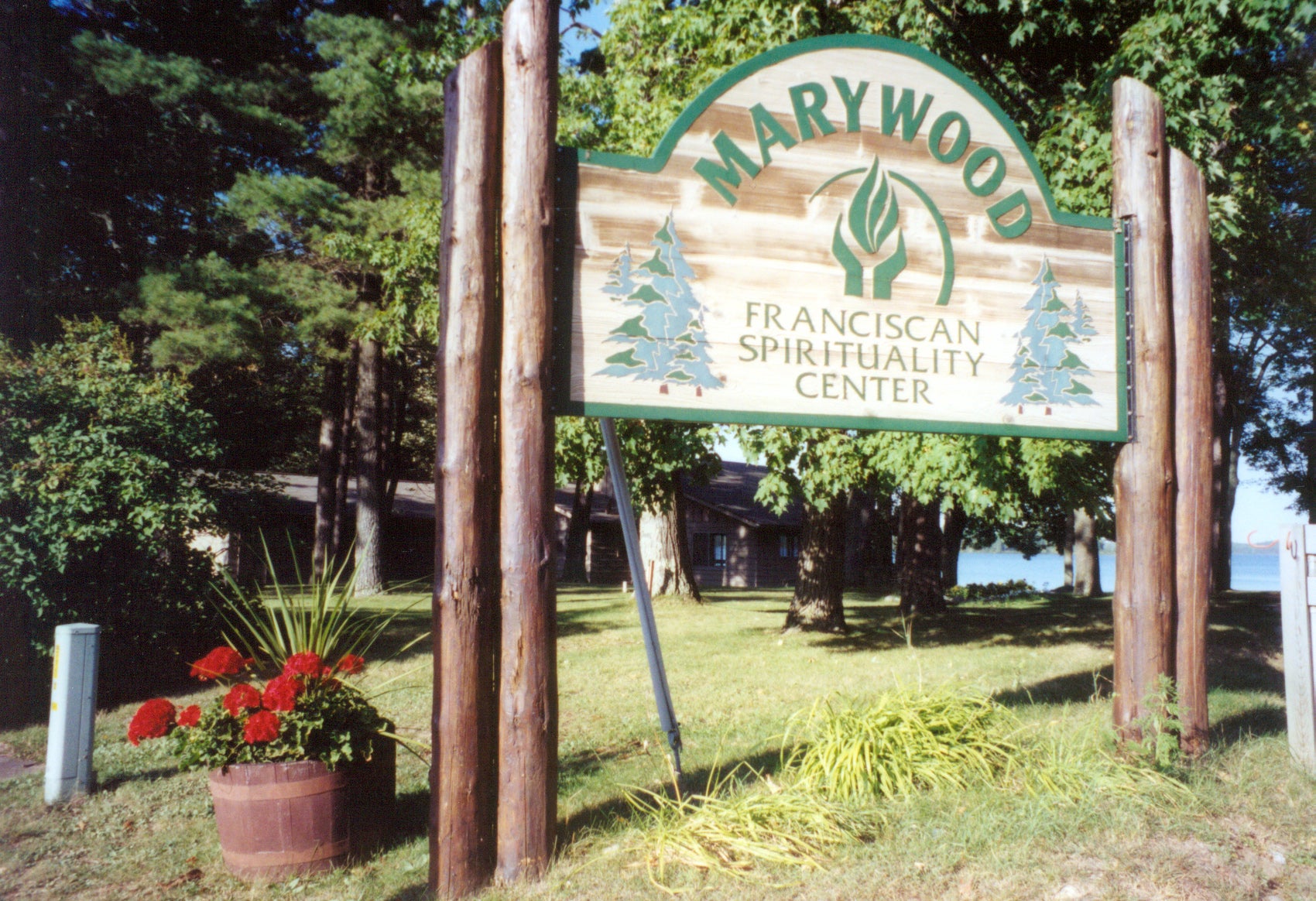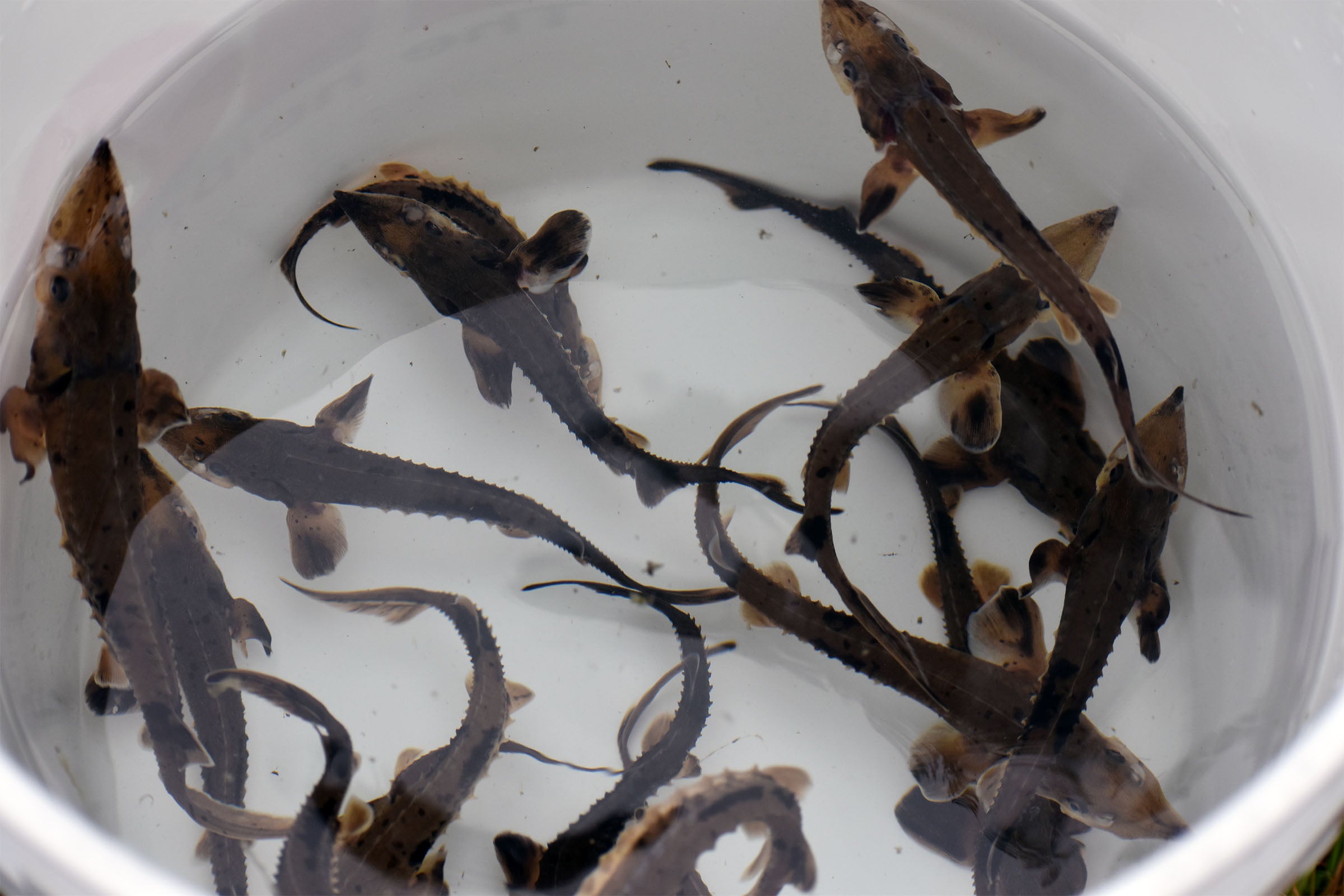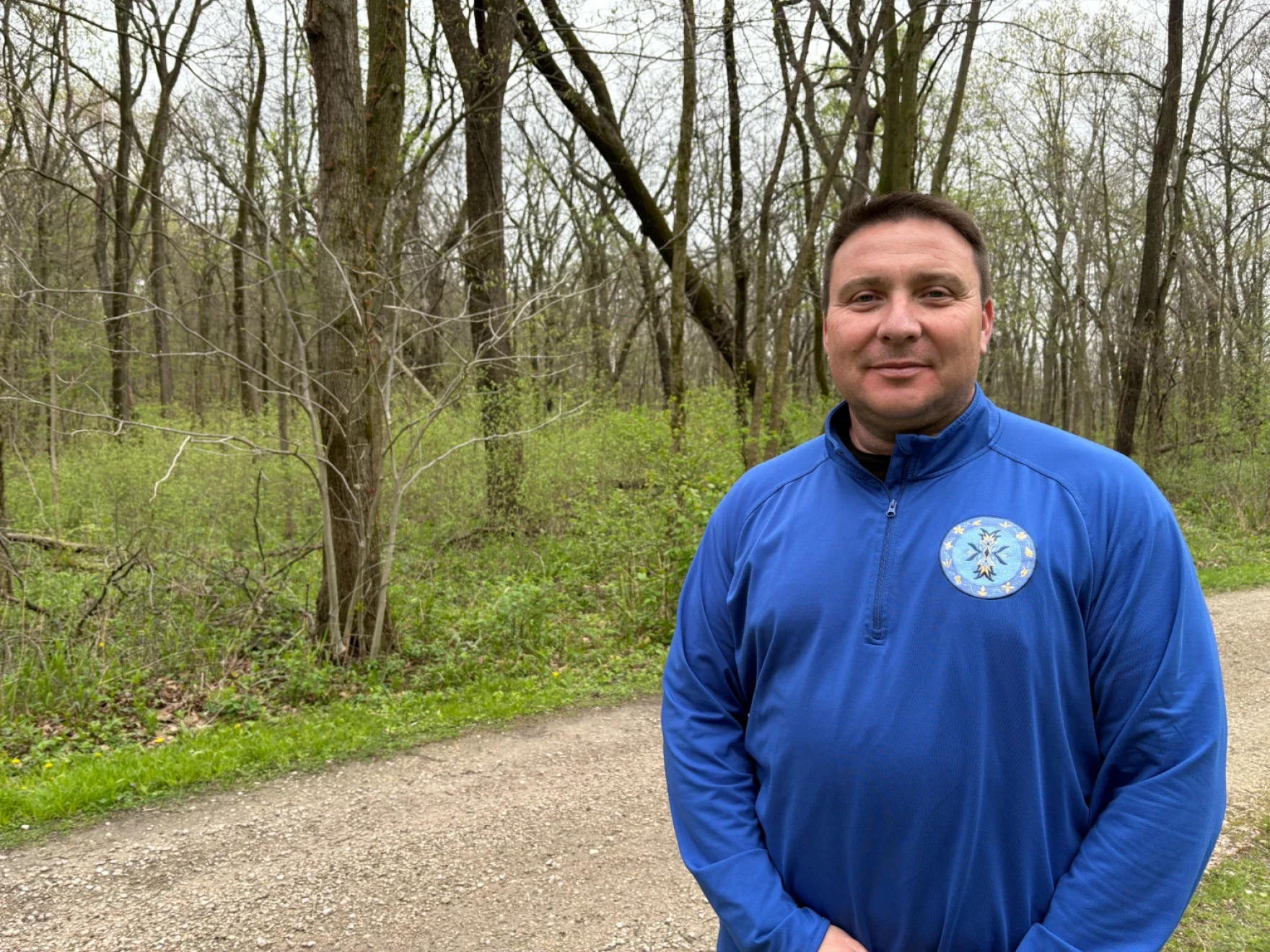Dual-language highway signs are being installed in some of Wisconsin’s tribal communities. Tribal leaders say the signs are another step in a continuing effort to preserve their history and culture.
In a partnership with 11 federally recognized tribes, the Federal Highway Administration, and the Bureau of Indian Affairs, the state Department of Transportation is installing highway signs in English and native languages. The dual-language signs are already in place in some Wisconsin communities.
The first was installed in November last year with the Red Cliff Band of Lake Superior Chippewa. Since then, signs have been put in place in the Oneida Nation, in Menominee communities, and in the Sokaogon Chippewa Community. The highway signs identify communities in tribal areas and reservation boundaries.
News with a little more humanity
WPR’s “Wisconsin Today” newsletter keeps you connected to the state you love without feeling overwhelmed. No paywall. No agenda. No corporate filter.
“I think it calls attention to us as the longest living residents of the area,” said Menominee Chairman Ron Corn Senior. “It affords us an opportunity to kind of tell our story.”
The state’s Tribal Historic Preservation Fund is financing the project through federal dollars, with $10,000 for each tribe to put up signs in their communities.
The news stirred a mix of emotions for Marie Cornelius, councilwoman of the Oneida Nation, who called it equally exciting and “extremely overwhelming.” The signs read Taluʔkowanhné, which means “Place of Bountiful Ducks,” and Kawyhuhatati, or “River Flowing Along.” They also display the seal of the Oneida Nation.
Acknowledgement of the tribal language is part of a larger fight to have people recognize the tribe’s sovereignty.
“It’s like a constant battle to have the world understand what a sovereign nation is. It’s a constant discussion of educating the outside world of what a sovereign nation is,” Cornelius said.
Cornelius said her tribe’s language has been “removed from us,” and tribal members were not allowed to speak it for years.
“Our language has been in crisis mode. It’s overwhelming to see it come alive again,” she said.
One of the signs is on the Duck Creek bridge in Oneida, Brown County.
Inextricable ties between language, culture
Cornelius and other tribal leaders say language and culture are inextricably tied.
“There’s no way to describe our culture without the language, and it’s very significant that we start using it and start regaining our knowledge of it and also hold it in high regard,” she said.
Menominee’s Ron Corn Sr. called language “the soul of our people.”
“For us, maybe a lot of our social ills come from a lack of identity, and there’s nothing more important to our people than our race or language,” he said.
The signs come at a critical time for some communities as they work to revitalize their native languages.
“We’re at the verge of losing the last of our first language speakers. And so we were pretty much totally invested in saving our language,” Corn Sr. said.
The Oneida Nation’s Cornelius described the effort as “a long journey of compromise.”
The Wisconsin Department of Transportation, the state’s 11 federally recognized tribes, the Federal Highway Administration, and the Bureau of Indian Affairs all joined an agreement in 2007. The document recognized the history and cultural value of tribal languages. After going through a round of revisions in 2010, all parties signed it in 2019.
State Department of Transportation Secretary Craig Thompson described the process as “lengthy” and “arduous,” but worthwhile. A similar effort has been carried out in other states.
“So many of our city’s names in Wisconsin derive from Native American words and language. And I think this is just a great way that’s going to add a lot of history and culture to the state of Wisconsin,” he said.
Other tribes have expressed interest, Thompson said, and he expects more signs to go up in the next year.
As Cornelius drove up Highway 172 in Brown County and spotted the green-and-white sign, she said it brought her immense joy.
“To see it in an official capacity, it’s very thrilling and very prideful,” she said.
Wisconsin Public Radio, © Copyright 2026, Board of Regents of the University of Wisconsin System and Wisconsin Educational Communications Board.
